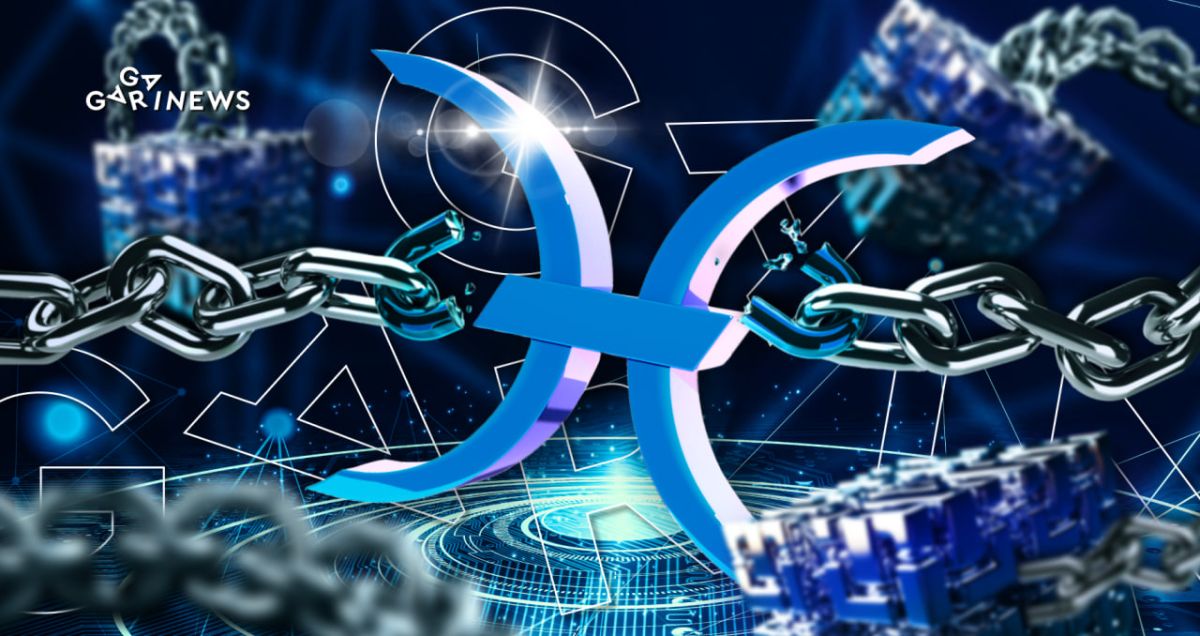Holochain: Revolutionizing dApp Creation Without Blockchain

Holochain represents a revolutionary software concept. It serves as an open-source foundational platform engineered for building decentralized applications, commonly known as dApps. Holochain promises security and robustness, operating without the need for centralized servers or blockchain technology, but instead harnessing the power of cryptographic protocols and cloud hosting.
Holochain bears resemblance to a Git repository. In essence, it's a virtual vault for code versions, allowing for the tracking of file amendments. All public user data is synchronized and fused into decentralized hash tables (DHT), much like BitTorrent.
Applications fashioned on this platform can be launched on your personal computer using the Holochain Launcher tool.
Holochain Features
The fundamental notion driving Holochain is a shift from the usual focus on centralization and blockchain towards agent-centric programming. This implies that a host of devices central to computing are unified via cloud hosting.
Every user who installs a Holochain-based app possesses their unique DNA. In this context, DNA refers to the suite of functions for recording, accessing, verifying information, and connecting with decentralized nodes.
As a user interacts with dApps, Holochain forms a chain of cryptographic data, spawned by their DNA. All entries in this chain are signed using the user's private key, with a DNA fingerprint marking the beginning of the chain.
In addition, users receive a decentralized identifier, complementing their private key and facilitating the verification of signatures in their chain.
All personal information, along with the identifier and the private key of the individual using the app, remain stored on their personal computer. App permissions operate on the basis of consent, thus safeguarding against unsanctioned access.
Every Holochain app shapes its distinct cryptographic P2P network. This network operates independently of the underlying infrastructure and cannot be deactivated. dApps link user devices directly in secure networks.
Security is assured through shared responsibility and rules embedded within the apps. All data is hashed and linked to its respective agent. User computers follow the prescribed directives, thereby aiding in tracing any potential culprits. Holochain promptly identifies threats and adjusts to network anomalies.
Additional features of Holochain include:
- Community-driven infrastructure: Scalability improves as more users connect to an app.
- Apps can establish connections without relying on an HTTP client, which entails the browser making a request and awaiting a response while the server processes the request before responding.
- Developers are freed from worrying about protecting the infrastructure. Holochain automatically thwarts harmful attacks and addresses any failures.
- Freedom to choose the management approach for an application and implement a preferred consensus algorithm.
- Swift and commission-free data processing.
- Capability to carry out hard forks within Holochain networks.
Holochain's Ecosystem
The initiative benefits from its very own cloud hosting service, known as Holo. It gives rise to a standalone economic system that nurtures the operation of peer networks under Holochain's stewardship.
With Holo, any user can step into the role of a host, earning by sharing their computer's computational power. Rewards are distributed in HoloFuel, a custom-made cryptocurrency used by the cloud computing provider for conducting daily microtransactions. Since HoloFuel isn't listed on any exchange platforms, it can be directly swapped at a one-to-one ratio with the HOT token, which is available on trading platforms.
In this way, Holochain keeps blockchain's virtues, such as transparency, decentralization, and data traceability intact, while bolstering them with boundless scalability.
Recommended

